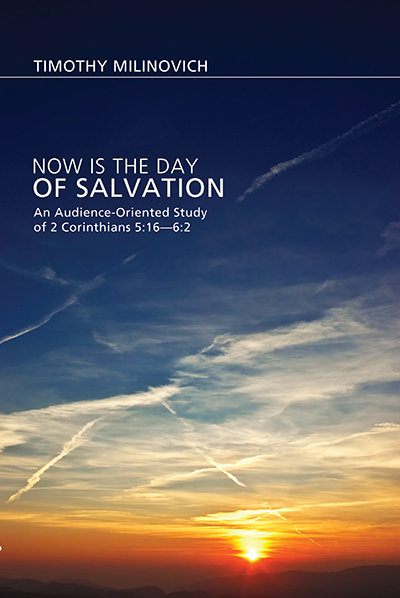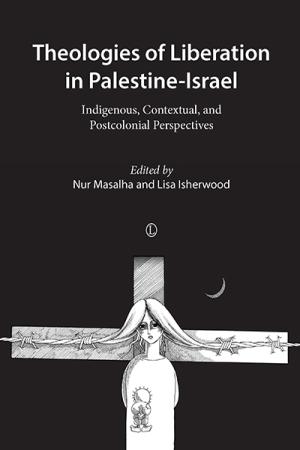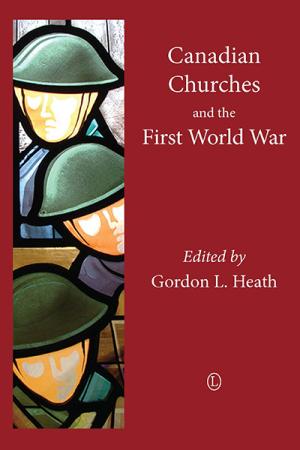Description
Is Second Corinthians, one of Paul’s most personal and passionate letters, best understood as a text or a performance? Using an audience-oriented method, Timothy Milinovich examines the letter as orally performed correspondence, from the view of the authorial (i.e., intended or ideal) audience.
Now is the Day of Salvation is an original structural analysis of 2 Corinthians 1:1-6:2, denoting twenty chiastic units and three larger macrochiastic arguments. This arrangement is intended to show what the authorial audience heard, offering a new way of understanding how Paul’s letter would have been received – not based on modern thematically determined paragraphs, but on oral patterns consonant with the cultural context of the author and audience.
Milinovich offers insight on the audience response to the climactic exhortation to reconciliation with the apostle in 5:16-6:2. He determines that the structure of the unit is the key to its theological and rhetorical message, which is just as much concerned with the community’s relationship with Paul as with God. That is, if they are to fully receive the salvation that God intends for them, the community must be reconciled with their apostle now, at the hearing of this letter.
About the Author
Timothy Milinovich is Assistant Professor in the Department of Religious Studies and the Pastoral Institute at the University of the Incarnate Word in San Antonio, Texas.
Contents
Preface
Acknowledgments
List of Abbreviations
Introduction
1. Method and Perspective
2. Chiastic Structure in 2 Corinthians 1:1-6:2
3. Audience Response to 1:1-2:13
4. Audience Response to 2:14-4:14
5. Audience Response to 4:15-5:15
6. Audience Response to 5:16-6:2
7. Summary and Conclusions
Bibliography
Endorsements and Reviews
This detailed analysis of a key section of 2 Corinthians perceptively demonstrates how an audience-oriented close listening to the text not only contributes to an ongoing trend to view this Pauline letter as a unified composition, but provides a model that can be profitably applied to other problematic parts of the New Testament. Its theme of renewal and reconciliation is as relevant for us today as it was for Paul and the Corinthians.
John Paul Heil, Professor of New Testament, The Catholic University of America
Milinovich places the text of 2 Corinthians at the centre and analyses its structure to see how those Christians in Corinth in AD 55 (or whenever) would have responded to Paul’s letter. … an important contribution to understanding the first part of 2 Corinthians.
Geoffrey Turner, in Heythrop Journal, Vol 54 (1)
This arrangement is intended to show what the authorial audience heard, offering a new way of understanding how Paul’s letter would have been received – not based on modern thematically determined paragraphs, but on oral patterns consonant with the cultural context of the author and audience. Milinovich offers insight on the audience response to the climactic exhortation to reconciliation with the apostle in 5:16-6:2.
Theological Book Review, Vol 25, No 2
I applaud Milinovich for utilising a historically and linguistically grounded approach to establishing the structure of 2 Corinthians.
Seth M. Ehorn, University of Edinburgh, in The Expository Times, Vol 125, No 6
… this clearly written study is a valuable addition to the corpus of critical scholarship devoted to Paul’s letter. Now is the Day of Salvation advances the discussion regarding the structure of 2 Corinthians 1:1-6:2. As such, scholars, students, and serious readers of Paul will be well served by Milinovich’s close reading of the letter. This is a timely and important book in other ways as well, reflective of the growing awareness in New Testament studies that the mixed media culture of Greco-Roman antiquity raises new questions about the composition and reception of a given biblical text. The innovative audience-oriented approach employed in this book could usefully be applied to other ancient texts, whether canonical or otherwise. Milinovich displays significant sensitivity to the aural reception of 2 Corinthians by often establishing chiasms based on repeated sounds in the public performance of the letter.
Daniel M. Yencich, in Reviews in Religion and Theology, Vol 22, Issue 2






